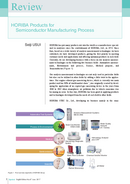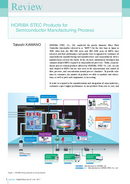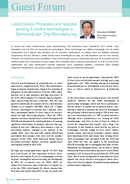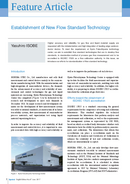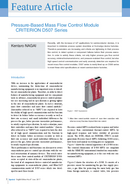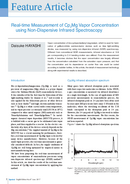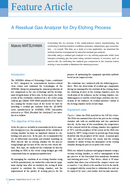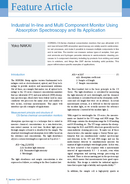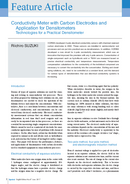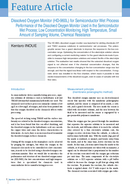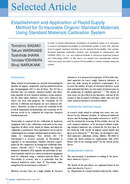PDF
1.75
MB

HORIBA’s DNA and Fluid Measurement Control Technology
Author: Hideyuki KOISHI; President & CEOHORIBA STEC, Co., Ltd., Senior Corporate Officer HORIBA, Ltd.
– Abstruct: “Measurement” makes vague and ambiguous matters clarified. The HORIBA Group contributes to human society through measuring technologies related to the environment, health and life. In particular, HORIBA STEC, Co., Ltd. (HORIBA STEC) contributes to the development of the industry by evolving the technologies for accurate measurement and control of fluids.



